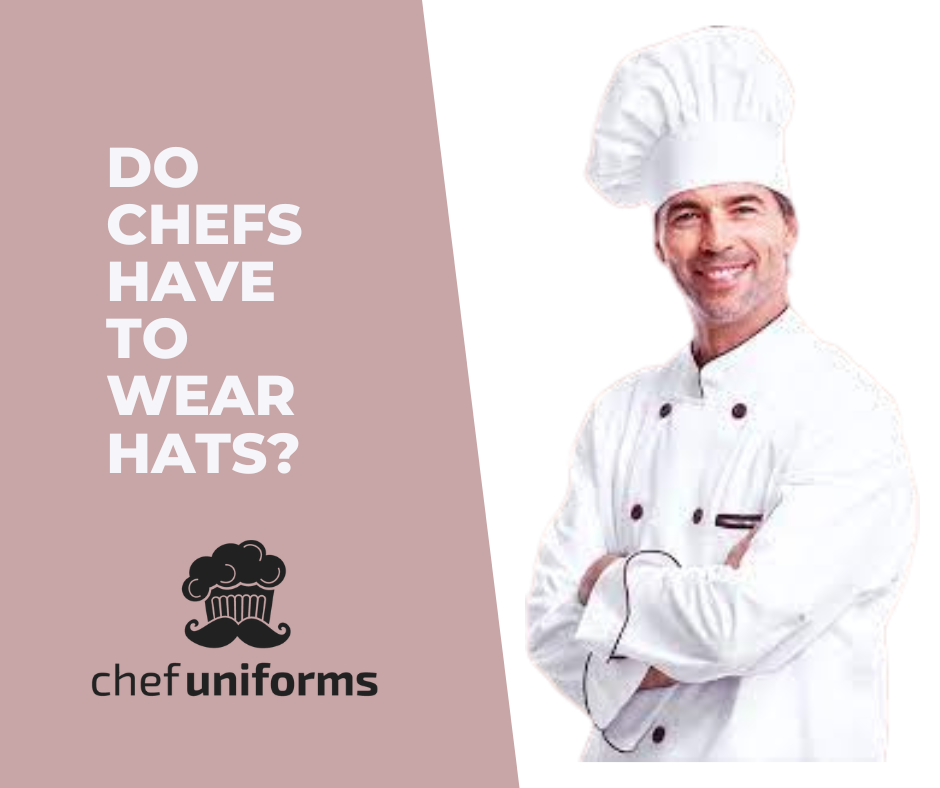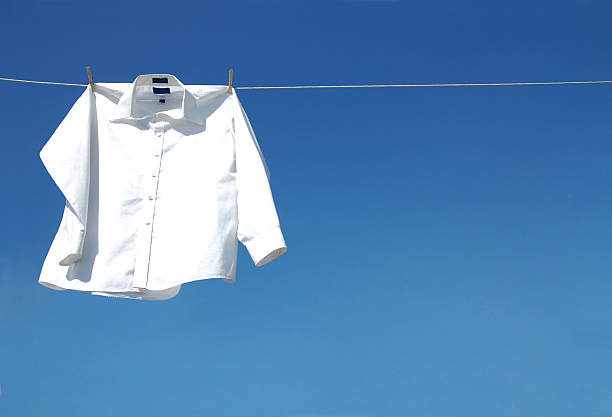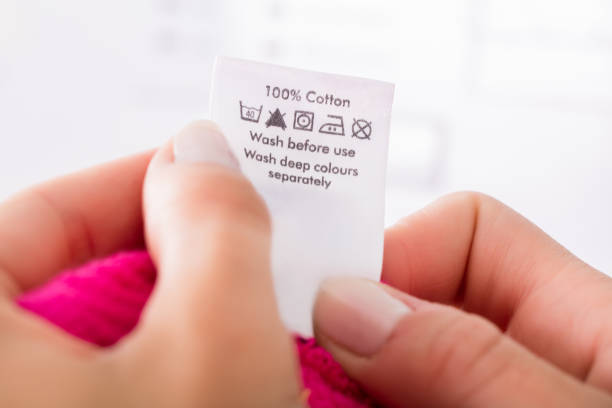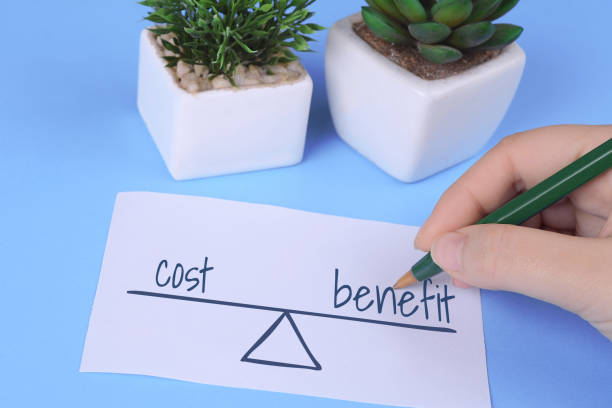
How do chefs wear uniforms?
Chefs wear uniforms to protect themselves while working in a hot kitchen. A chef’s uniform is designed to be practical, functional, and safe to wear in a fast-paced kitchen environment. The chef uniform includes several essential items to wear including a chef’s coat, hat, pants, apron, and non-slip shoes.
Chef’s Coat
A chef’s coat is an essential part of a chef’s uniform. It is typically made of a sturdy, breathable fabric such as cotton or a cotton-polyester blend. The coat has a double-breasted design with long sleeves, providing maximum coverage and protection. The coat’s long sleeves help to protect the chef’s arms from hot liquids or food spills. The double-breasted design allows the coat to be reversed, which is helpful when one side gets dirty or stained.
Most chef’s coats have a stand-up collar that protects the neck from hot liquids or steam. Some chef’s coats have a vented back to keep the chef cool in the hot kitchen environment. Additionally, the coat may have large, deep pockets to keep cooking tools or recipes close at hand.
The chef’s coat is available in various colors, including white, black, or checkered designs. The color and design of the chef’s coat may be related to the chef’s rank or the kitchen’s style.
Chef’s Hat
The chef’s hat, also known as a toque blanche, is a tall, pleated hat traditionally worn by chefs. The hat helps to keep the chef’s hair out of their face while cooking, and it also protects the food from falling hair. The hat’s height and pleats represent the chef’s level of expertise or rank in the kitchen.
The toque blanche is typically made of a lightweight, breathable fabric such as cotton or polyester. Some modern versions of the hat may be made of synthetic materials that are more durable and easier to clean. The chef’s hat is available in various styles, including traditional toques, skull caps, and baseball caps.
Chef’s Pant
Chef’s pants are designed to be lightweight, loose-fitting, and comfortable to wear. The pants typically have an elastic waistband or drawstring to provide a secure and comfortable fit. The loose-fitting design allows for ease of movement and ventilation to keep the chef cool.
Chef’s pants are typically made of a durable, breathable material such as cotton or polyester. Some pants may have additional features such as cargo pockets, reinforced knees, or ankle zippers for easy removal.
Chef’s pants are available in various colors, including black, white, and checkered designs. The color and design of the pants may be related to the chef’s rank or the kitchen’s style.
Apron
The apron is a bib-style garment that is worn over the chef’s coat to protect clothing from spills and stains. The apron typically covers the front of the chef’s body and ties around the waist. It may be made of a heavy-duty material such as denim or canvas.
The apron is an essential part of a chef’s uniform, as it helps to keep the chef’s coat clean and prevents cross-contamination of food. The apron may have pockets to keep cooking tools or recipes close at hand.
The apron is available in various colors and designs, including solid colors or patterns that may be related to the chef’s rank or the kitchen’s style.
Non-slip Shoes
Non-slip shoes are an essential part of a chef’s uniform, as they provide good traction on potentially slippery kitchen floors. The shoes typically have a closed-toe design to protect the chef’s feet from hot liquids or falling objects. The shoes may also have a slip-resistant sole to provide good grip on wet or oily surfaces.
Non-slip shoes are typically made of leather or synthetic materials that are easy to clean and durable. Some shoes may have additional features such as steel-toe caps for added protection or cushioned insoles for comfort.
The color and design of the shoes may be related to the chef’s rank or the kitchen’s style. Some chefs may choose to wear clogs or other types of slip-resistant footwear that are specifically designed for kitchen use.
In addition to these essential items, some chefs may also wear additional accessories such as gloves, neckerchiefs, or face masks. Gloves may be worn when handling hot or sharp objects or when working with food that may cause skin irritation. Neckerchiefs are a decorative accessory that may be worn by some chefs as a symbol of their rank or expertise. Face masks may be worn in certain kitchen environments to promote hygiene and prevent the spread of germs.
Overall, the chefs uniform is designed to be practical, functional, and safe to wear in a busy kitchen environment. The uniform helps to protect the chef’s clothing and skin from hot liquids or food spills, prevent cross-contamination of food, and promote hygiene and safety. The color and design of the uniform may be related to the chef’s rank or the kitchen’s style, but the essential elements of the uniform remain the same.
Chefs work long hours in hot and often hectic kitchens, and their clothing can play a significant role in their …
In most kitchens, chefs are required to wear a hat as part of their uniform. There are several reasons why …
Most of the traditional chef Jackets are made of white. White chef Jacket looks professional all the time. It’s challenging …
Traditional White Apron is very famous among bakery chef and painters. However, restaurant chefs and Individuals like to wear white …
Keep your Best Chef Uniforms new and bright with simple care. Chef Uniforms are made from cotton, poly cotton, denim …
Polycotton Chef Jackets are popular in the market. What is Polycotton fabric? Polycotton fabric is the combination of Natural fibres and synthetic …







